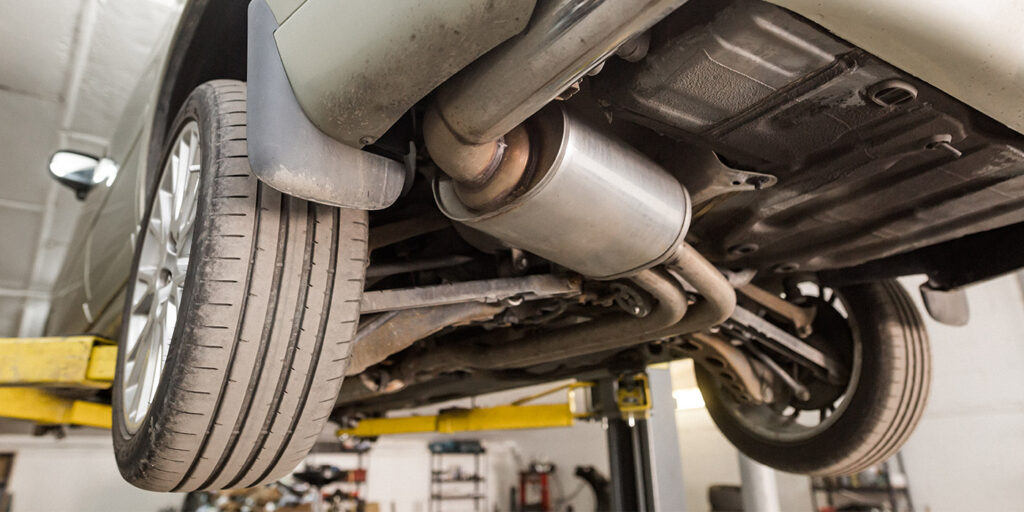When you think emissions diagnostics, you might start thinking about everything that could cause a problem. If tailpipe emissions are in question, you might think about the catalytic converter, the oxygen sensors or A/F ratio sensors. But then there’s fuel pressure, ignition, engine temperature, exhaust gas recirculation, secondary air injection and a plethora of sensors transmitting information to the powertrain control module (PCM).
And that’s just for starters. The possibilities are endless, and if you’re talking evaporative emissions, you start all over again with a completely different list. Luckily, OBDII is a good system, and your scan tool speaks to you in a language that you can understand. Does that mean it’s going to be easy? No. But how you approach it can make a difference.
I’m the type of person that likes to understand things. Perhaps too much. But I also like to make them simple. When it comes to emissions diagnostics, knowing that I could be looking at a complex problem, I like to first think about the root of emissions and where they start. Then I can focus on what my scan tool is telling me and look at everything that is good before I concentrate on the things that are bad.
So where does it start? It starts with the combustion process, and I couldn’t say it any better than Andrew Markel, the technical director of content at Babcox Media. “The perfect internal combustion vehicle would be able to put the exact amount of fuel and air into the combustion chamber at the exact right moment,” Markel said.
“If the perfect combustion event were to occur, you would get nothing more than water and carbon dioxide as byproduct, resulting in no unburned fuel or oxygen,” he continued. “Combustion would occur at the right temperature so oxides (‘hyperactive’ oxygen turned on by higher temperatures) would not combine with nitrogen and carbon to form nitric oxides (NOx) and carbon monoxide (CO). This perfect car would not need a catalytic converter or any other emission-control device.”
When I think about it in that manner, I can simplify the process in my mind, and I realize that everything the PCM is doing is only in an effort to attain that goal, based on scientific knowledge of the combustion process.
Naturally, if there is a problem with emissions, there will be a diagnostic trouble code, so I also know what the PCM is interpreting as the issue. For my own learning, I always look at engine data first. I try to determine what information looks normal and what does not, and I do a preliminary inspection under the hood to look for any obvious signs that could contribute to the problem.
With an understanding of the cause of emissions problems, the help of a scan tool and development of a theory, when I go to the service manual and look at the specified flow charts for the given DTC, I’m already ahead of the game.














